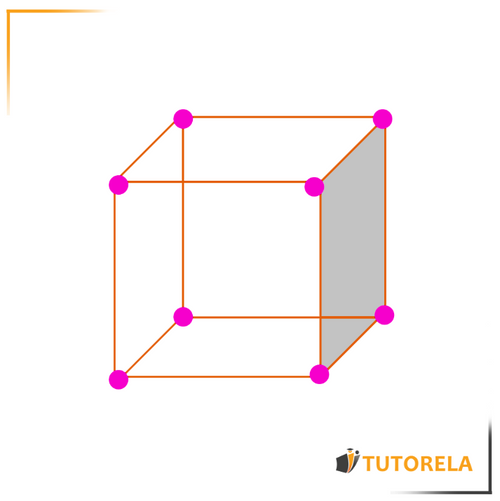So far we have worked with common two-dimensional figures such as the square or the triangle.
Three-dimensional figures are those that extend into the third dimension, meaning that in addition to length and width, they also have height (that is, the figure has depth).
Cuboids Practice Problems & Three-Dimensional Figures
Master cuboids, cylinders, and prisms with step-by-step practice problems. Calculate volume, surface area, and lateral area of 3D shapes with detailed solutions.
- Calculate volume of cuboids using length × width × height formula
- Find surface area of rectangular prisms with complete step-by-step solutions
- Determine lateral area of cuboids excluding the top and bottom faces
- Solve cylinder volume problems using πr²h formula with real measurements
- Calculate total surface area of cylinders including bases and lateral surface
- Work with triangular prism volume and area calculations
Understanding Cuboids
Three-dimensional figures
What are three-dimensional figures?
What differences do three-dimensional figures have?
Three-dimensional figures have several definitions that we will see next:
Below is a three-dimensional figure that we will use to learn each definition - The cube:

Face: it is the flat side of a three-dimensional figure
In the cube we have here, there are 6 faces (one of them is painted gray)
Edge: these are the lines that connect one face to another in a three-dimensional figure
In the cube we have here, there are 12 edges (painted green)
Vertex: it is the point that connects the edges
In the cube we have here, there are 8 vertices (painted orange)
Volume: it is the amount of space contained within a three-dimensional figure.
The units of measurement are .
Practice Cuboids
A cuboid has the dimensions shown in the diagram below.
Which rectangles form the cuboid?
Examples with solutions for Cuboids
Look at the cuboid below:
What is the volume of the cuboid?
To determine the volume of a cuboid, we apply the formula:
- Step 1: Identify the dimensions of the cuboid:
- Length () = 12 cm
- Width () = 8 cm
- Height () = 5 cm
- Step 2: Apply the volume formula for a cuboid:
The formula to find the volume () of a cuboid is:
Step 3: Substitute the given dimensions into the formula and calculate:
Step 4: Perform the multiplication in stages for clarity:
First, calculate
Then multiply the result by 5:
Therefore, the volume of the cuboid is .
Answer:
480 cm³
Look at the cuboid below.
What is the surface area of the cuboid?
Let's see what rectangles we have:
8*5
8*12
5*12
Let's review the formula for the surface area of a rectangular prism:
(length X width + length X height + width X height) * 2
Now let's substitute all this into the exercise:
(8*5+12*8+12*5)*2=
(40+96+60)*2=
196*2= 392
This is the solution!
Answer:
392 cm²
A cuboid is shown below:
What is the surface area of the cuboid?
Remember that the formula for the surface area of a cuboid is:
(length X width + length X height + width X height) 2
We input the known data into the formula:
2*(3*2+2*5+3*5)
2*(6+10+15)
2*31 = 62
Answer:
62
Given the cuboid of the figure:
What is its volume?
To solve this problem, we'll calculate the volume of the cuboid using the given dimensions:
- Step 1: Identify the dimensions
- Step 2: Apply the volume formula for a cuboid
- Step 3: Calculate the volume
Let's work through these steps:
Step 1: From the diagram, we are informed of two dimensions directly: the width and the height . The diagram also indicates the horizontal length (along the base) is .
Step 2: To find the volume of the cuboid, we use the formula:
Step 3: Substituting the identified dimensions into the formula, we have:
Calculating this, we find:
Therefore, the volume of the cuboid is cubic units.
This corresponds to choice \#4: 180.
Answer:
180
Calculate the volume of the cuboid
If its length is equal to 7 cm:
Its width is equal to 3 cm:
Its height is equal to 5 cm:
The formula to calculate the volume of a cuboid is:
height*length*width
We replace the data in the formula:
3*5*7
7*5 = 35
35*3 = 105
Answer:
105 cm³